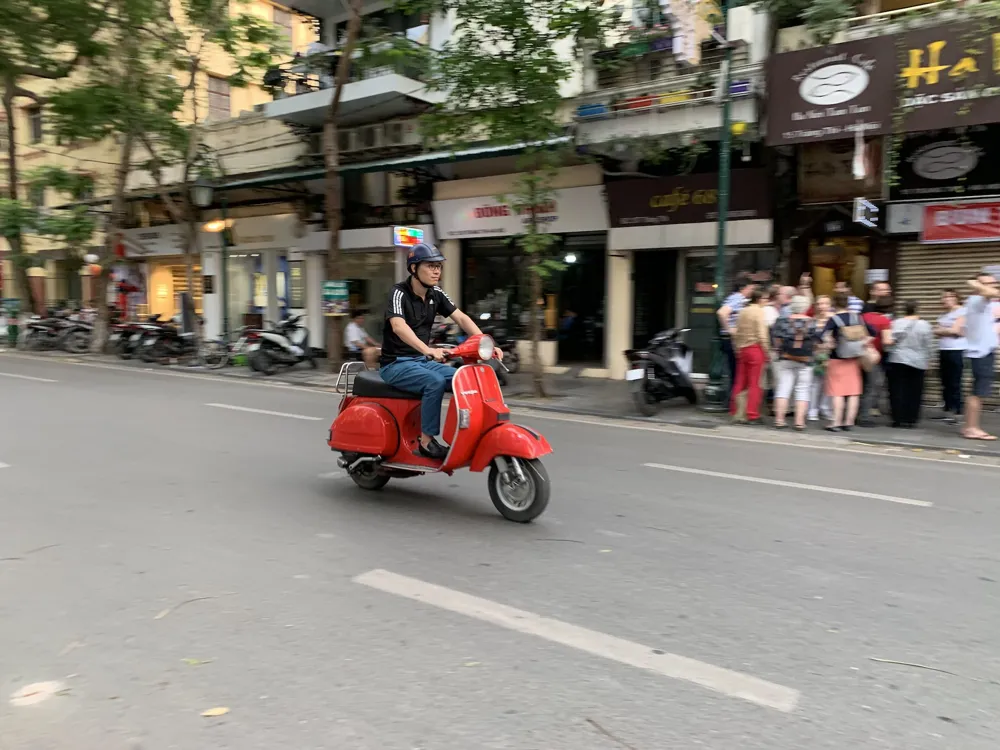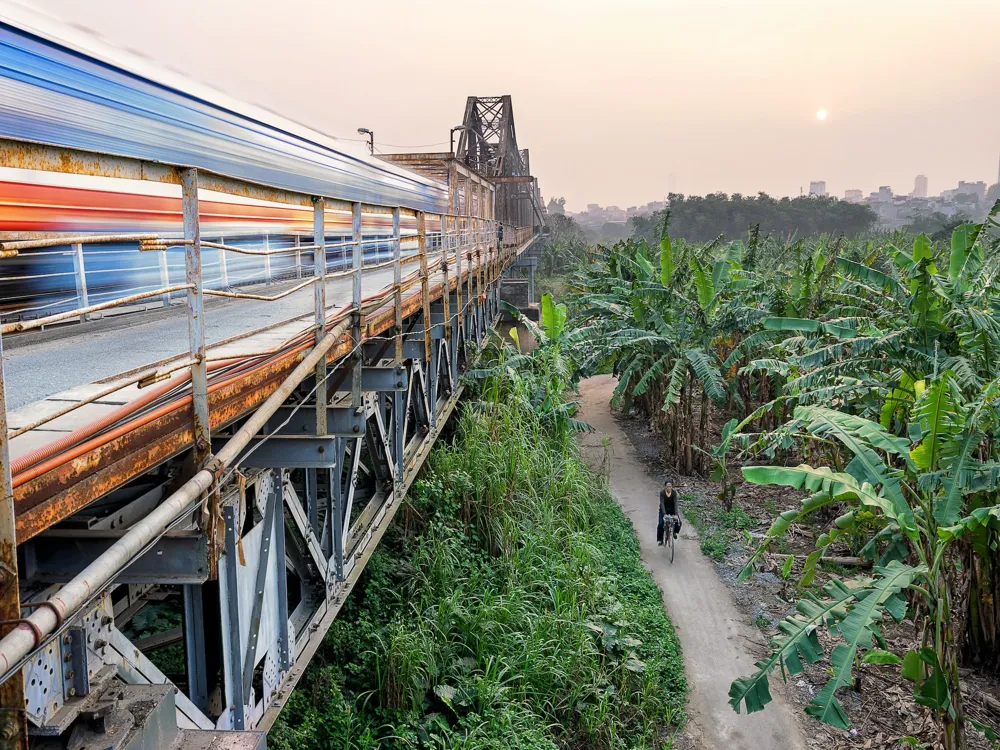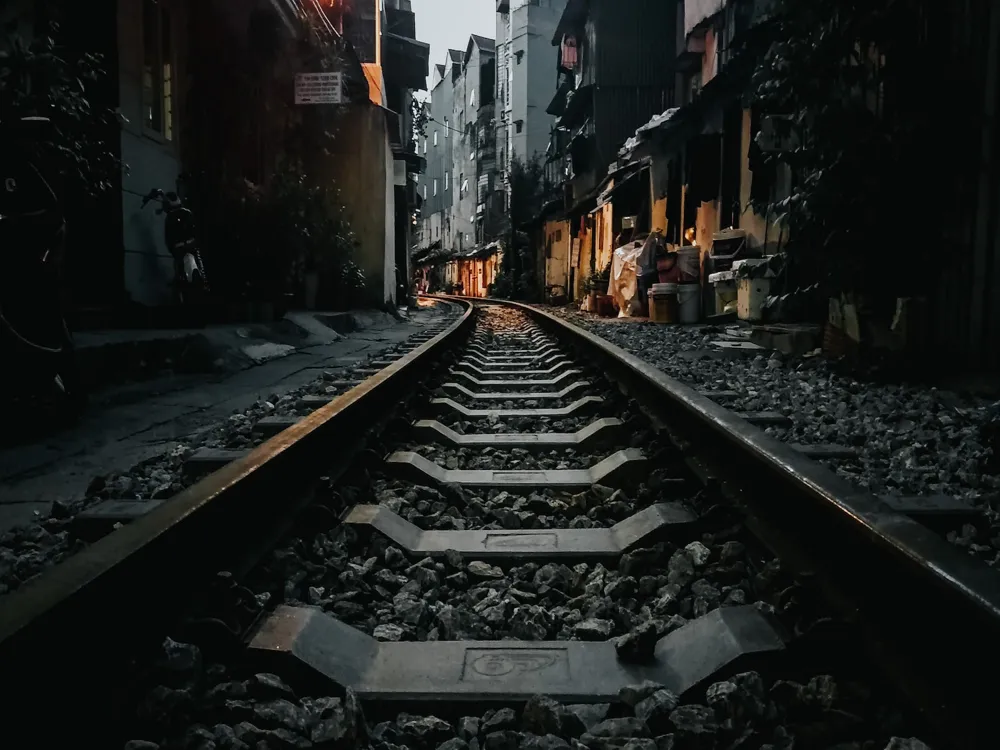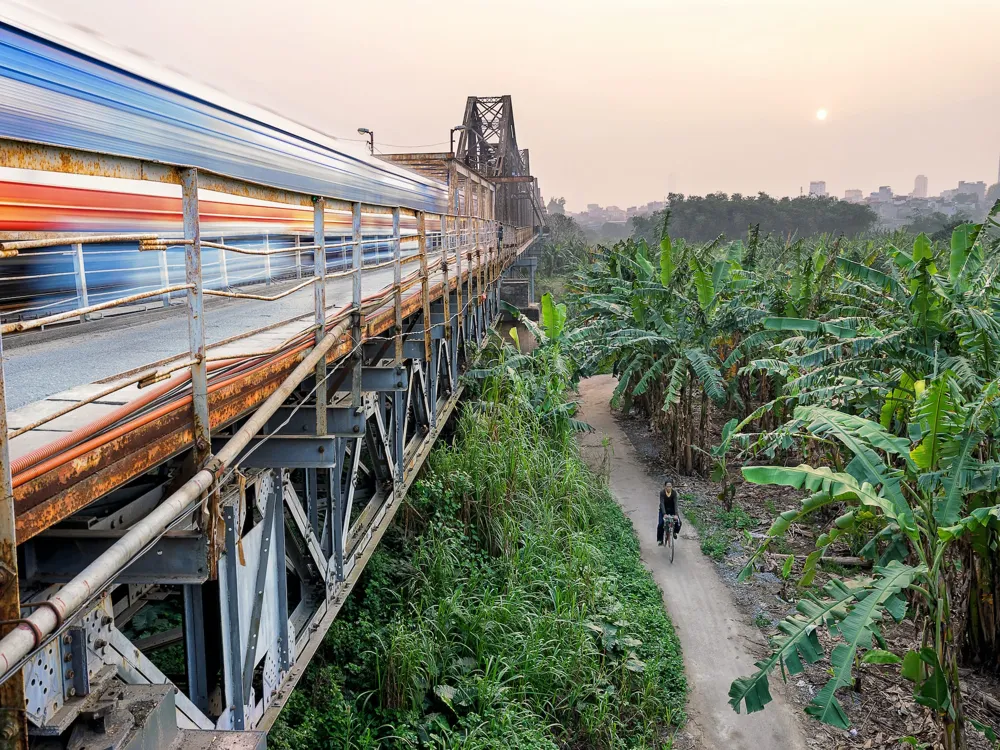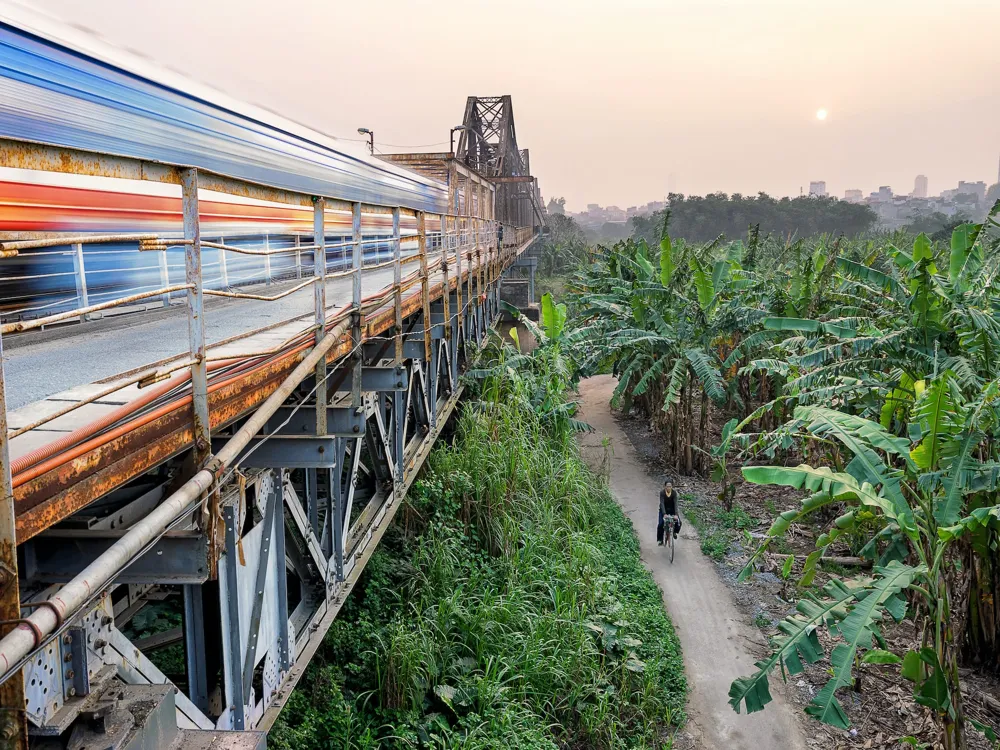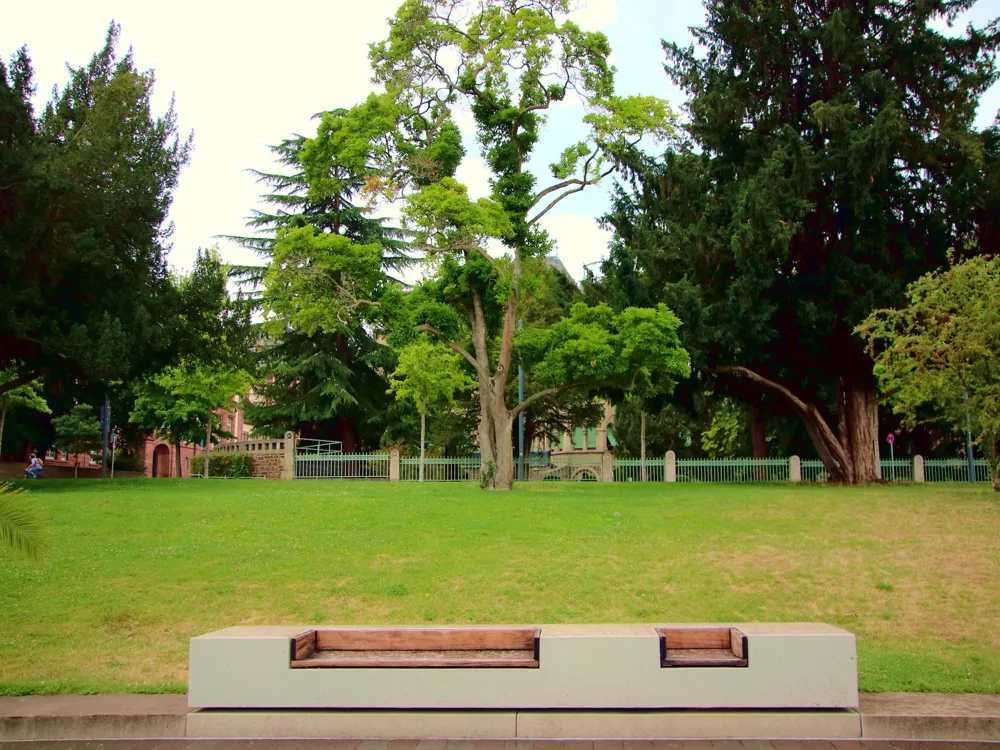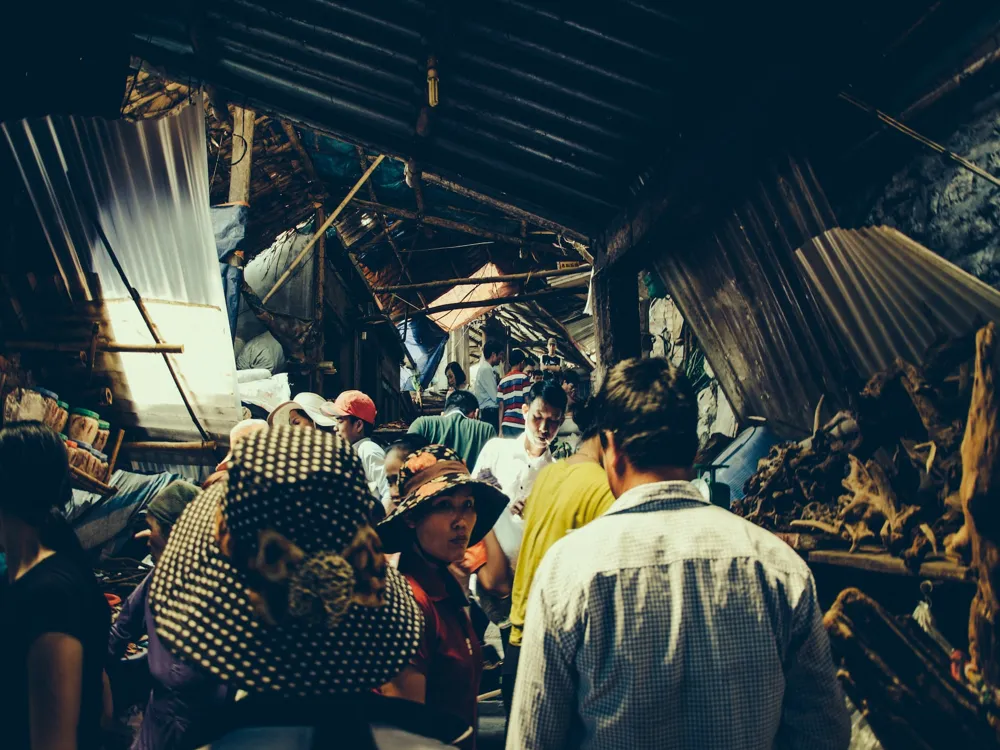Hanoi, the capital city of Vietnam, is a fascinating blend of East and West, combining traditional Vietnamese motifs with French flair. It is a city where the past is deeply imbibed in its present, creating a unique atmosphere that captivates travelers from all around the world. This overview aims to give you a comprehensive insight into the rich history, vibrant culture, and the bustling life of Hanoi, a city that never fails to enchant its visitors. Hanoi's history spans over a thousand years, dating back to 1010 under the reign of Emperor Ly Thai To, who named it Thang Long, meaning 'Ascending Dragon'. Over the centuries, Hanoi has been through various phases, including being the administrative center of French Indochina from 1902 to 1954. Each era has left its indelible mark on the city, making Hanoi a living museum of historical and cultural significance. The French colonial period, which began in the late 19th century, profoundly influenced Hanoi’s architecture and urban layout. The French built wide, tree-lined boulevards and grand state buildings which starkly contrasted with the traditional Vietnamese tube houses. The Old Quarter and the French Quarter, two major districts in Hanoi, are embodiments of this blend of architectural styles, creating a unique urban tapestry. Despite the foreign influences, Hanoi remains deeply connected to its Vietnamese roots. The city is a cradle of Vietnamese culture, with its traditional Chau van singing and the famous Thang Long Water Puppet Theatre. The city's numerous temples and pagodas, such as the Temple of Literature and Ngoc Son Temple, stand as testaments to its rich cultural heritage. Hanoi’s architecture is a spectacular fusion of indigenous Vietnamese styles, Chinese influences, and French design elements. This unique blend has given birth to an architectural landscape that is diverse and full of character, reflecting the city's rich history and cultural heritage. The Old Quarter of Hanoi, with its narrow streets and ancient commercial houses, offers a glimpse into the city's past. Originally a bustling area of trade, the streets are named after the specific goods once sold there. The area is characterized by its tube houses, narrow buildings with a small façade but extending far back, a style unique to ancient Hanoi designed to avoid high taxes on street frontages. The French Quarter of Hanoi stands in contrast to the Old Quarter, with its wide boulevards, spacious parks, and imposing colonial buildings like the Hanoi Opera House and the State Bank of Vietnam. These structures are characterized by their European architectural style, with tall columns, ornate facades, and domed roofs, evoking the grandeur of the French Empire. In recent decades, Hanoi has embraced modern architectural trends, resulting in a skyline that is rapidly transforming. Contemporary buildings like the Lotte Center Hanoi, with its modernist design, coexist alongside historical structures, adding to the city's dynamic and evolving architectural landscape. The best time to visit Hanoi is during the spring (February to April) and autumn (September to November) when the weather is pleasant with milder temperatures and less rainfall. When in Hanoi, the most convenient way to explore is by motorbike or bicycle. For longer distances, taxis are readily available and affordable. However, be aware of traffic congestion during peak hours. Respect the local customs and traditions. Dress conservatively when visiting temples and pagodas. It's also important to learn a few basic Vietnamese phrases to interact with locals. Hanoi is famous for its street food. Try local delicacies like Pho, Bun Cha, and Egg Coffee. Ensure to eat at busy stalls to guarantee freshness. Always keep your belongings safe and be wary of pickpockets in crowded places. Reaching Hanoi is convenient, as it is well-connected by air, rail, and road. The Noi Bai International Airport is the main gateway for international travelers, located about 45 minutes from the city center. Regular train services connect Hanoi with other Vietnamese cities, and an extensive road network makes bus travel a viable option. For those seeking a scenic route, traveling by boat along the Red River is also an option, offering a unique perspective of the Vietnamese countryside.Overview of Hanoi
The Historical Essence of Hanoi
French Colonial Influence
Traditional Vietnamese Culture
Architecture of Hanoi
The Old Quarter: A Glimpse into the Past
French Colonial Architecture
Modern and Contemporary Influences
Tips When Visiting Hanoi
Best Time to Visit
Transportation Tips
Cultural Etiquette
Food and Safety
How To Reach Hanoi
Cau The Huc
Hanoi
₹ 15,260 onwards
View hanoi Packages
Weather :
Tags : Bridge
Timings : 7:00 AM - 6:00 PM
Time Required : About 5 minutes to cross the entire length of the bridge
Entry Fee : No entry fee
Planning a Trip? Ask Your Question
Hanoi Travel Packages
View All Packages For Hanoi
Top Hotel Collections for Hanoi

Private Pool

Luxury Hotels

5-Star Hotels

Pet Friendly
Top Hotels Near Hanoi
Other Top Ranking Places In Hanoi
View All Places To Visit In hanoi
View hanoi Packages
Weather :
Tags : Bridge
Timings : 7:00 AM - 6:00 PM
Time Required : About 5 minutes to cross the entire length of the bridge
Entry Fee : No entry fee
Planning a Trip? Ask Your Question
Hanoi Travel Packages
View All Packages For Hanoi
Top Hotel Collections for Hanoi

Private Pool

Luxury Hotels

5-Star Hotels

Pet Friendly







